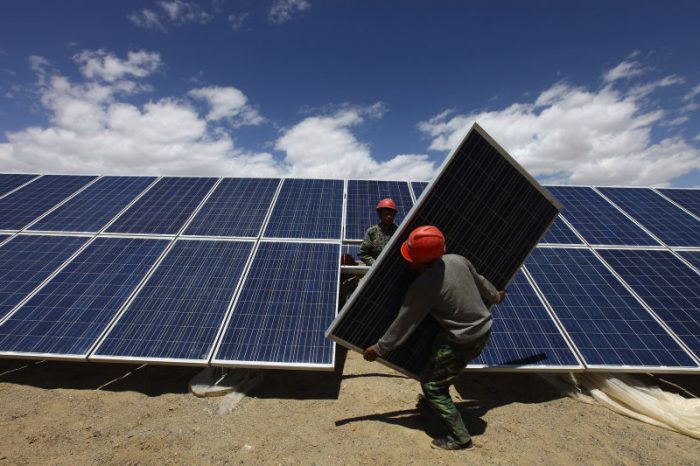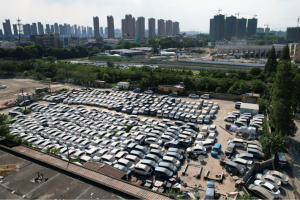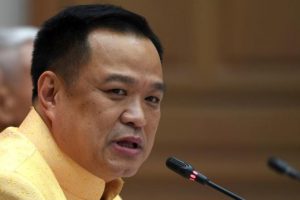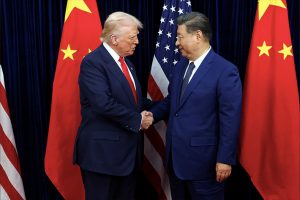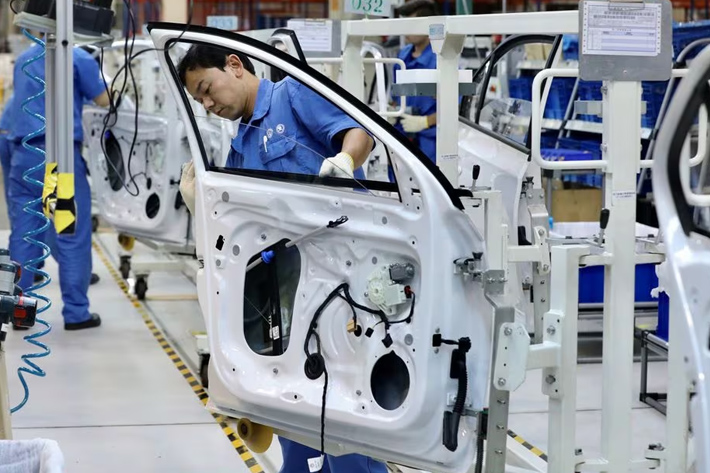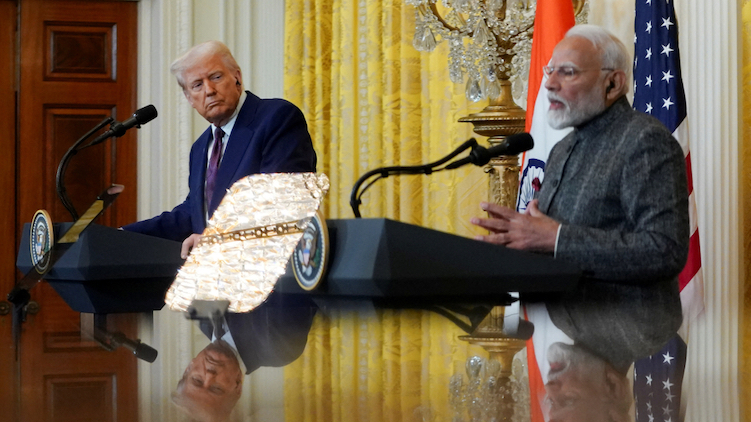More than 40% of the world’s electricity was generated by zero-carbon sources for the first time ever last year, according to EcoWatch.
The US online environmental news outlet said the transition to ‘clean’ renewable sources was continuing, with close to 14% of global energy coming from wind and solar power production.
Hydropower generated 14.7%, with solar and wind creating 13.9% and nuclear 9.4% of electricity in 2023, it said, citing two new reports by BloombergNEF (BNEF), which said some 91% of new capacity added last year came from solar and wind, while just 6% came from new fossil fuel sources.
ALSO SEE: Race to Prevent Disastrous Spill From Burning Red Sea Tanker
Ecowatch said total global power-generating capacity reached 8.9 terawatts in 2023, according to BNEF‘s ‘Power Transition Trends.’
Wind power now generates about 1 terawatt of capacity. But solar capacity had surged by 428 gigawatts, up a remarkable 76% year-on-year, to bring global solar capacity to 1.6 terawatts.
The worldwide transition to renewables continued in the first half of this year with $313 billion of new investment, which it said was similar to 2023.
China was by far the biggest investor again, followed by the US, plus Brazil, Canada and India. One surprise was Pakistan jumping this year from 14th largest investor in new solar projects to the fifth largest.
China to continue shift to low-carbon power
Meanwhile, Chinese officials say the country will keep phasing out fossil fuels and reforming its electricity system.
The energy regulator issued a white paper, that was long on accomplishments but short on new plans for China’s energy transition.
National Energy Administration head Zhang Jianhua said China would continue its power system reforms by expanding the spot market, promoting green electricity trading and replacing fossil fuels with renewable energy. He also called for market-oriented reforms.
Speaking at a press conference held by the State Council (the national cabinet), Zhang said China invested $676 billion in its energy transition last year, citing a figure from research organisation BloombergNEF, which estimated China’s energy transition investment made up 38% of the global total.
The country has emerged as a global leader in the transition to renewable energy, but its power system still relies significantly on coal.
Asked whether China’s carbon emissions could peak before its 2030 target, as many experts say it is on track to do, agency planning department deputy director Song Wen said: “The dual carbon target will not be changed and the major targets we have committed to will not be moved.”
China had targeted installing 1,200 gigawatts of wind and solar power by 2030, but soaring renewable installations helped it meet that goal in July, six years early.
Asked whether China could set an even more ambitious renewables goal for 2030, new-energy department director Li Changjun said only that China would put forward new goals and measures based on its national conditions.
Analysts say China is lagging behind on some other goals, including one to reduce its carbon intensity – CO2 emissions per unit of economic output – by 18% over the five years to 2030. It would need to cut absolute emissions by 7% annually this year and in 2025 to meet it, according to an analysis by the non-profit organisation Carbon Brief.
The white paper laid out a raft of previously announced measures, from advancing energy storage technology to promoting energy conservation.
- Jim Pollard with Reuters
NOTE: The text of this report was amended on August 30, 2024 to include details of China’s energy reforms.
ALSO SEE:
‘Wealthy Nations’ Fossil Fuel Deals Threaten a Global Catastrophe’
Indian Solar Panels Held by US Likely Tied to China Forced Labour
Solar Overcapacity Kills Projects, Fuels Bankruptcies In China
China Slows Coal Power Plant Building Push – Yahoo
Extreme Weather Cost China More Than $10 Billion In July Alone
Scientists Fear Record Ocean Heat Is Changing Earth’s Systems
India Now the World’s Third Biggest Generator of Solar Power
China’s Solar Sector Seen Facing Years of Oversupply, Low Prices
China’s Cheap Solar Panels Killing Europe’s Solar Manufacturers




